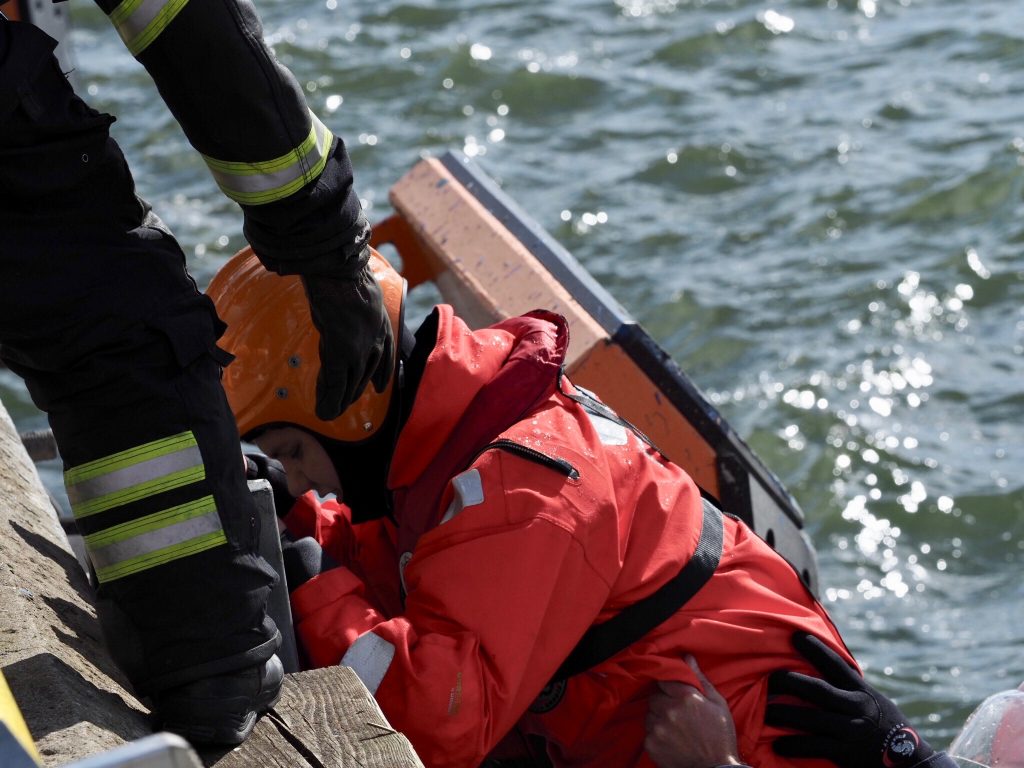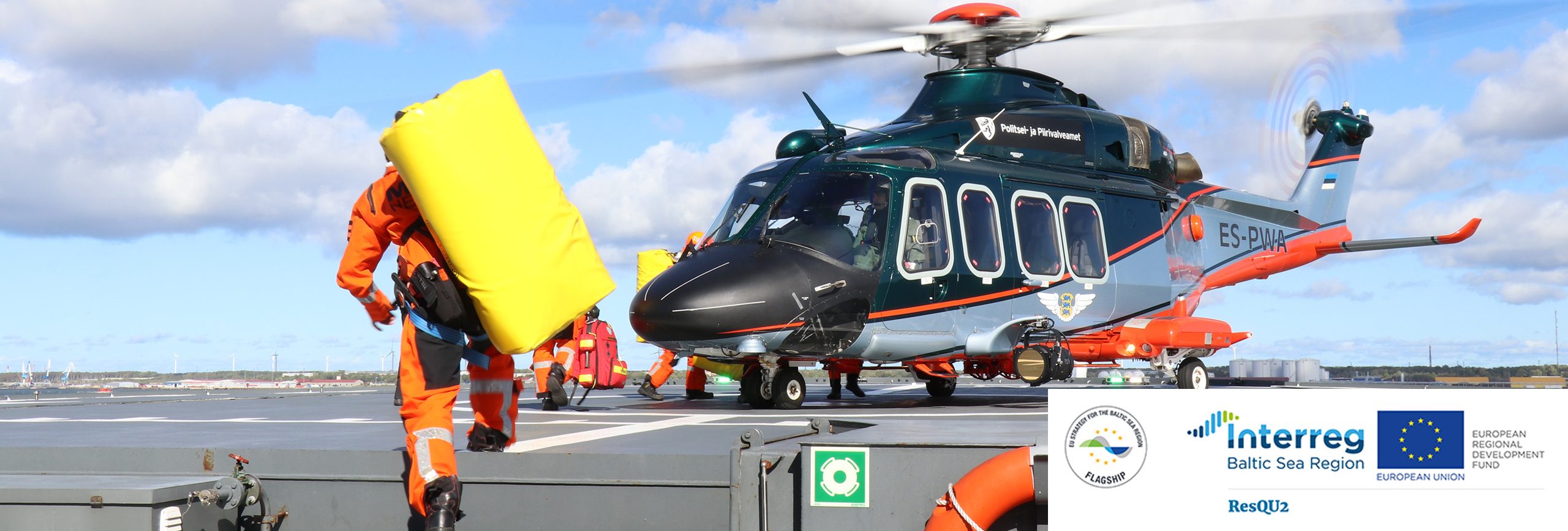The amount of maritime traffic is constantly growing; more chemicals are being transported and the number of passengers is increasing. The risk of an accident exists: in the worst case scenario, a chemical tanker collides with a passenger ship.
Hazardous materials are stored in or transported through ports, nearby which a large number of people live. They are at risk of being affected by the consequences of an accident, such as toxic clouds or smoke spreading through air. The objective of ResQU2 is to increase rescue authorities’ and services’ preparedness and reduce the effects of possible large-scale incidents at sea or in ports.
Learning from experiences and guidelines
A number of guidelines, procedures and lessons learned from previous incidents already exist. ResQU2 project will ensure that the gained learning experiences and existing guidelines are communicated, discussed and demonstrated to the national rescue authorities around the Baltic and North Sea areas. This will improve the emergency preparedness in all countries.
Joint guidelines ensure efficient co-operation
Large-scale rescue operations are often joint efforts of several countries. In order for the authorities to be able to co-operate in these rescue operations, they need to have the ability to work together. This is why joint guidelines, procedures, and frequent joint exercising are needed, and why the ResQU2 project platform wants to raise awareness of the existing procedures and enforce their use in practice.
ResQU2 stands for “Enhancing the durability of learning experiences gained in ChemSAR, HAZARD, DiveSmart Baltic and Mirg-Ex projects on guidelines, operational plans and procedures and exercises related to incidents at sea and in ports”.
More about ResQU2 also in the Interreg Baltic Sea Region Project library.

